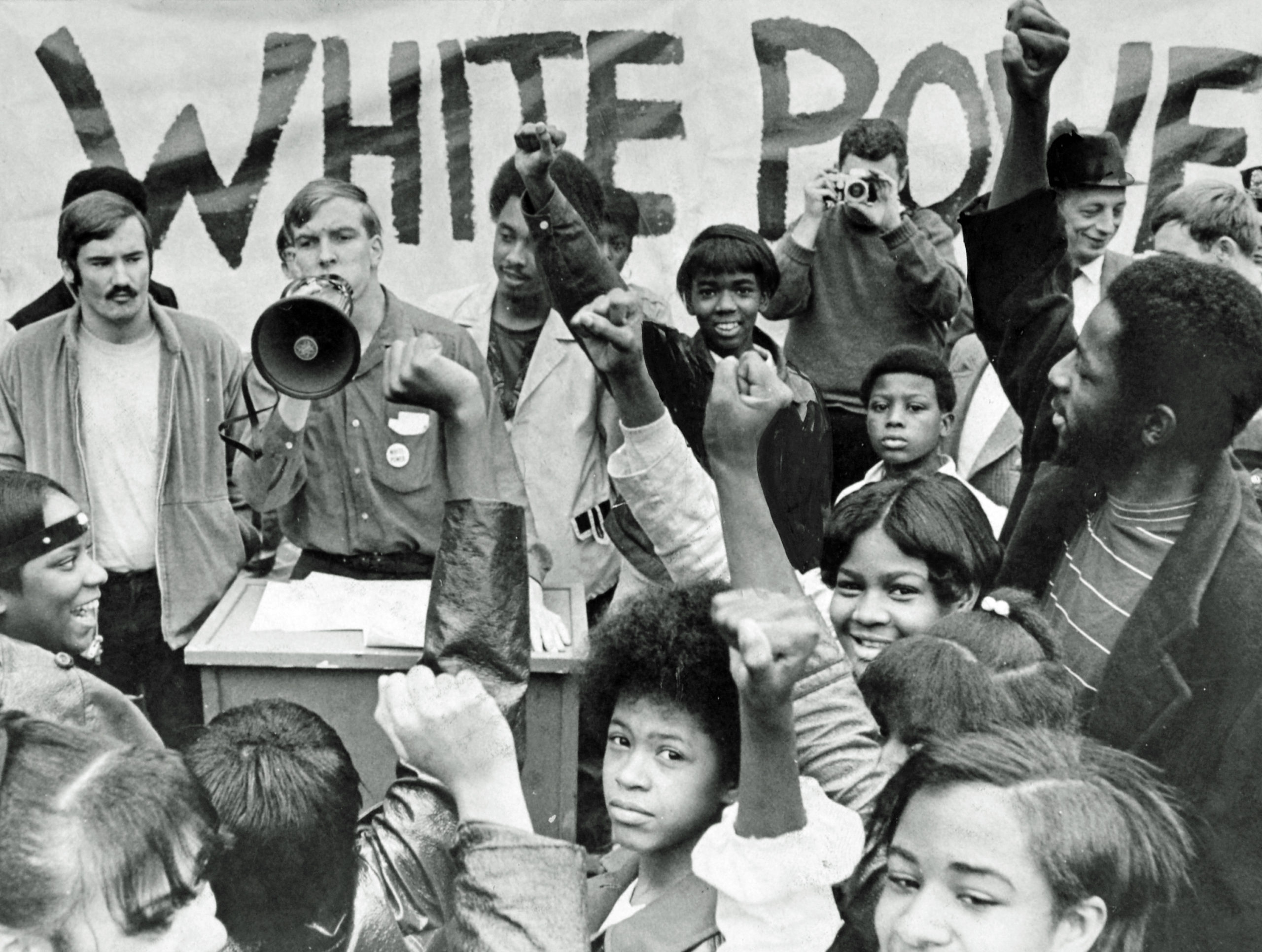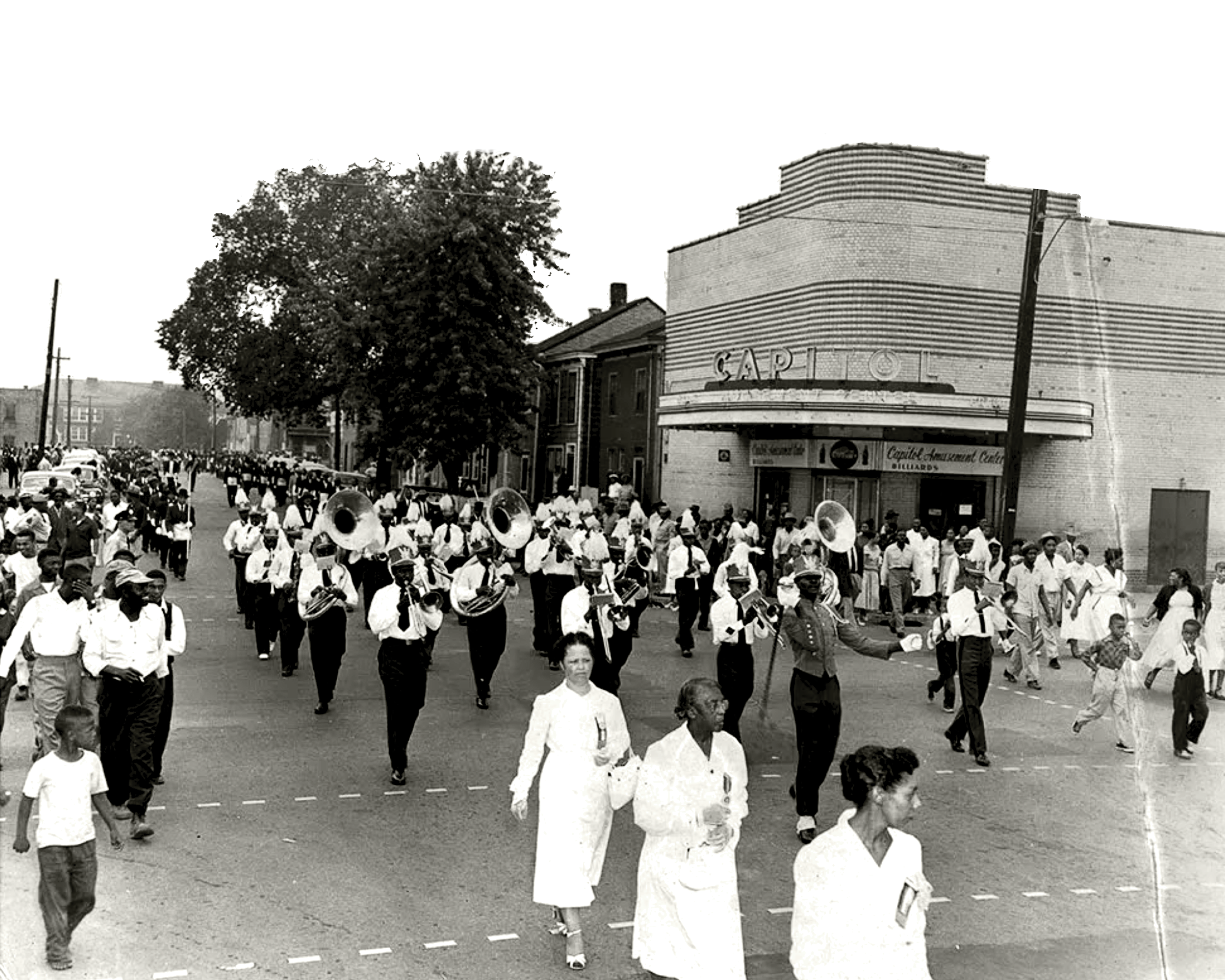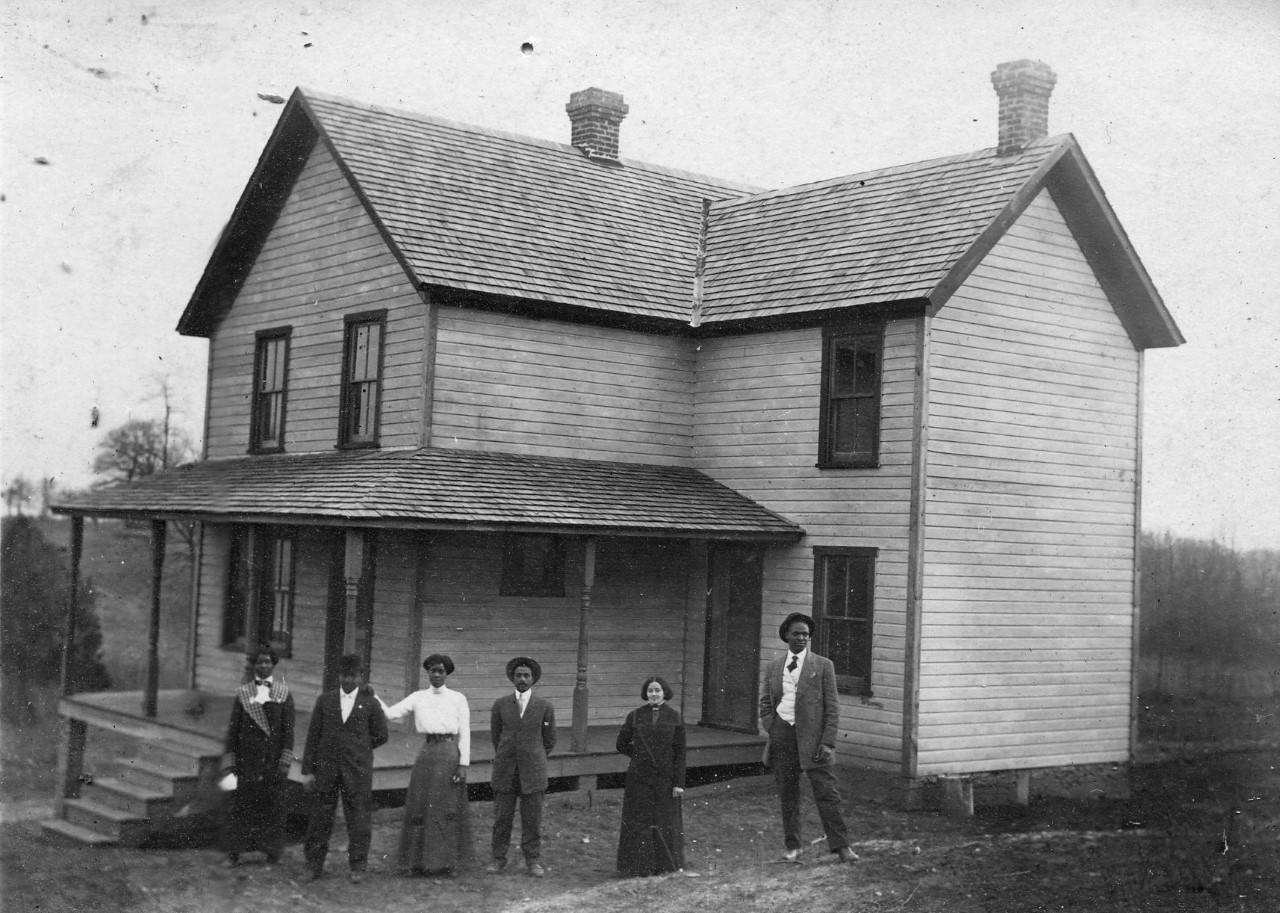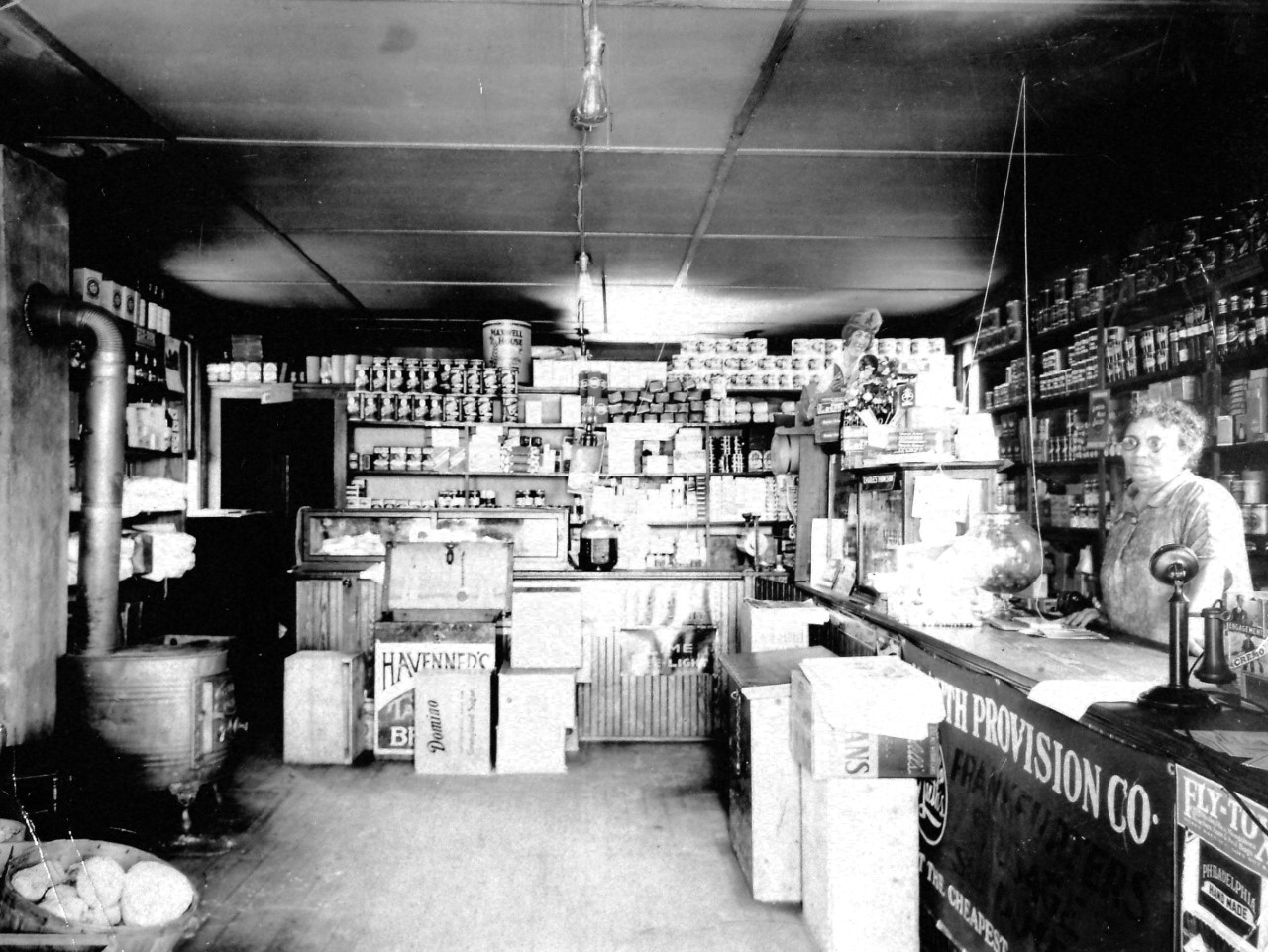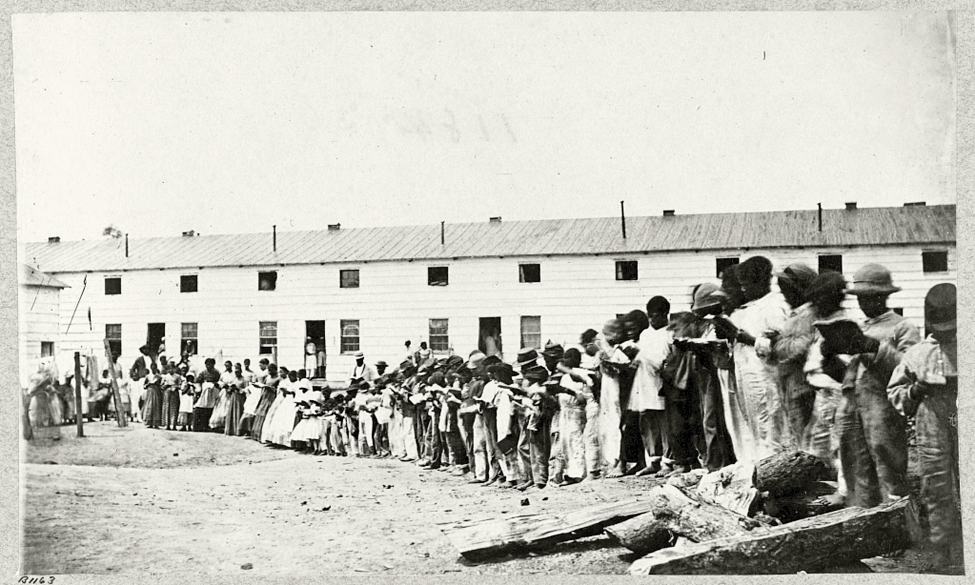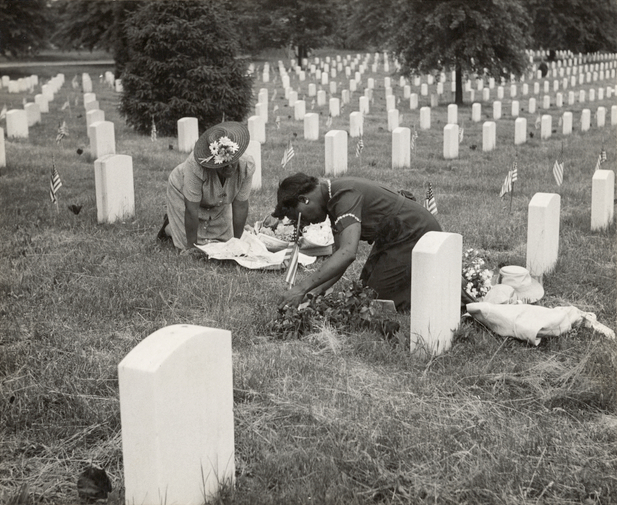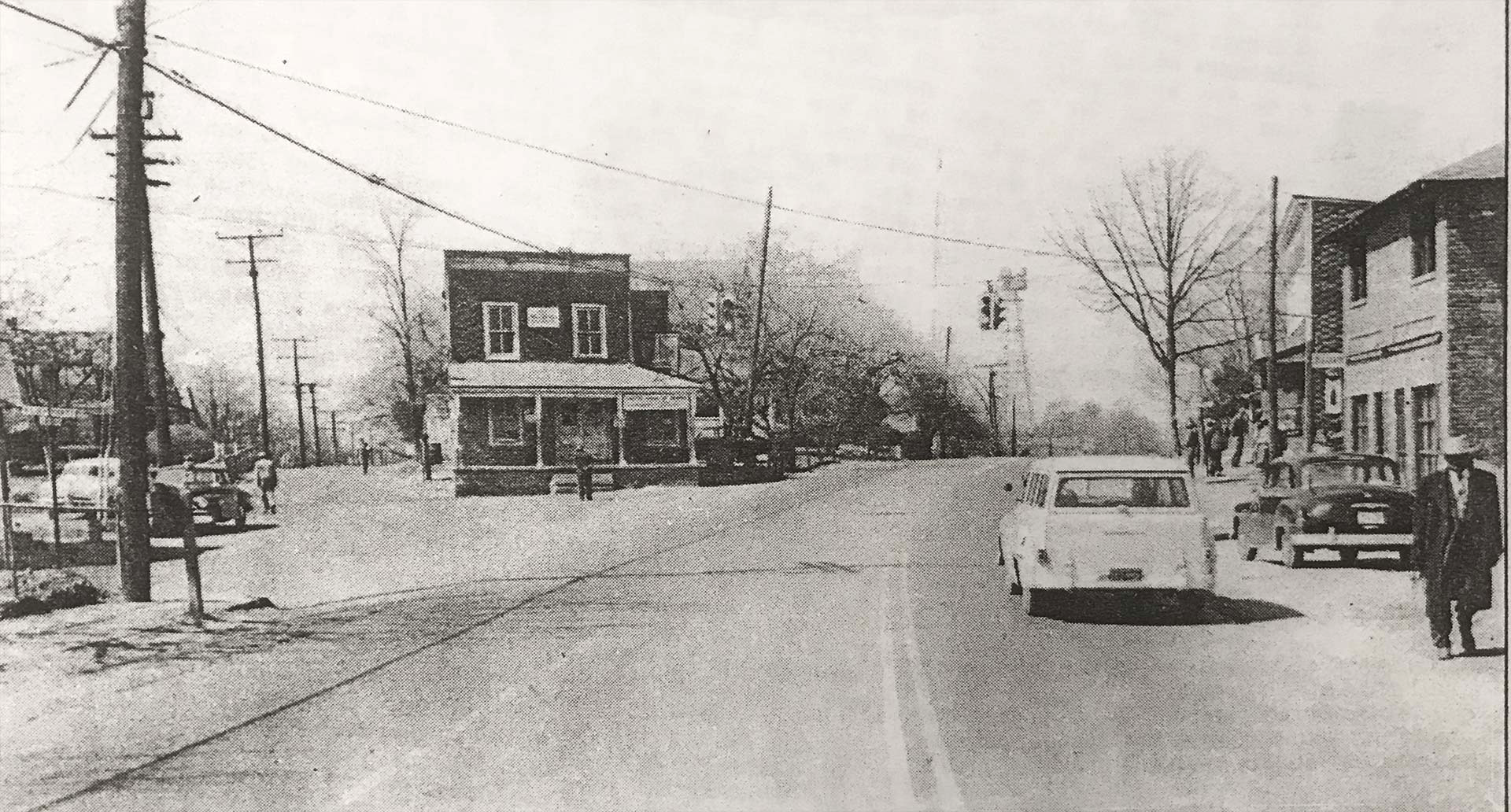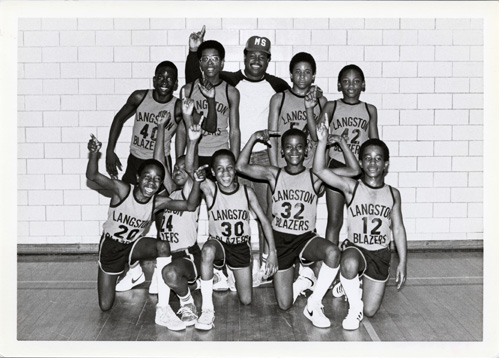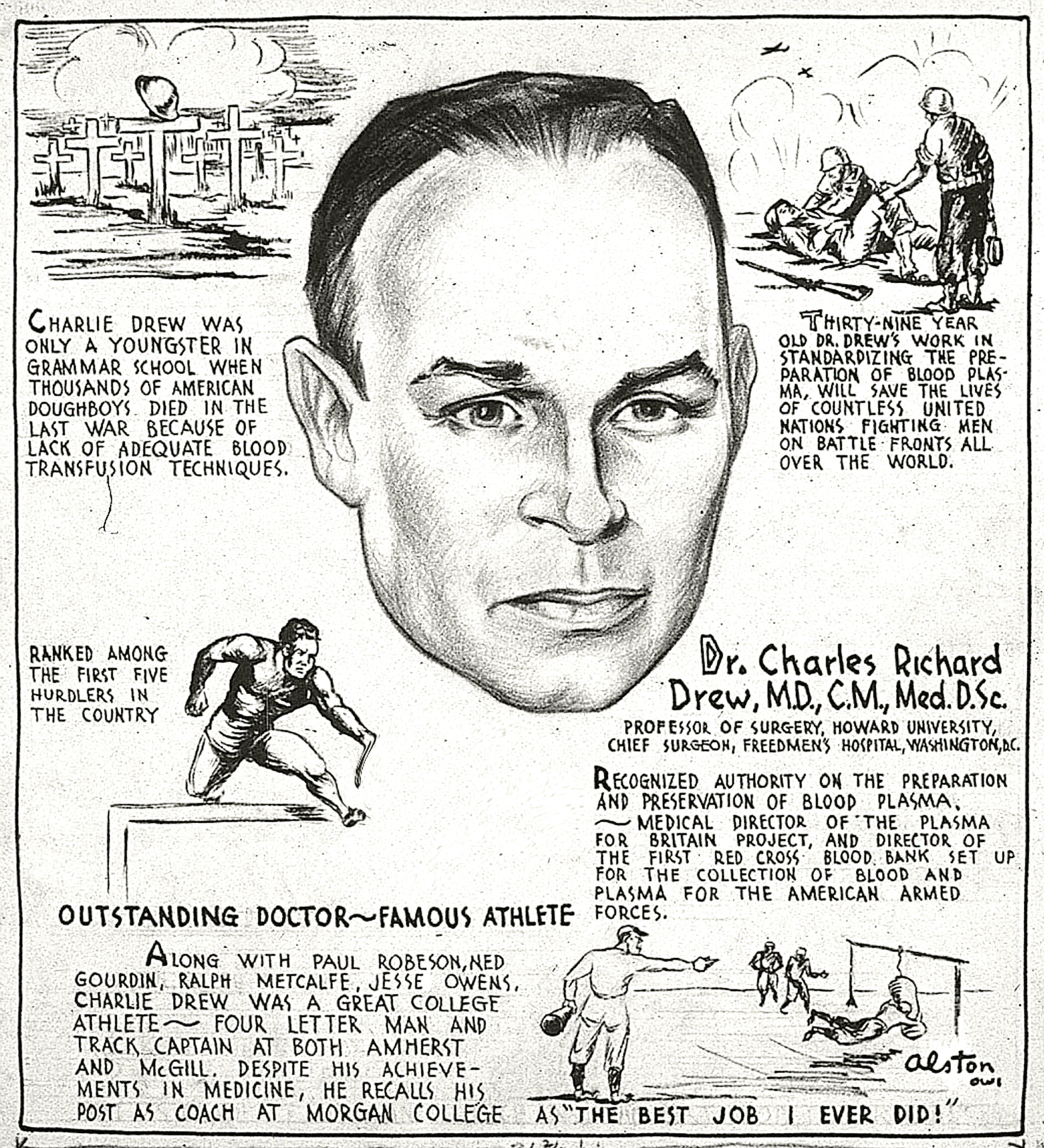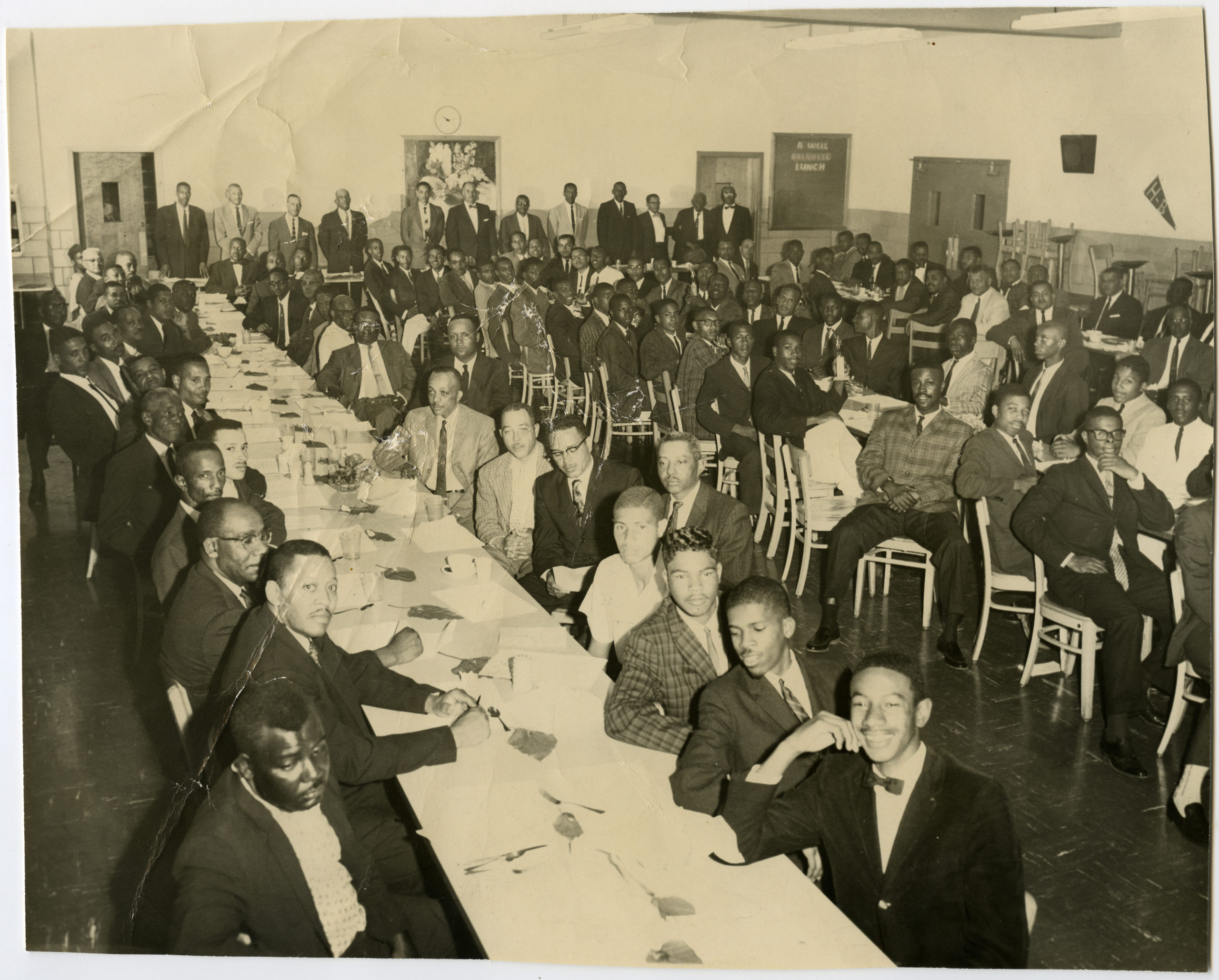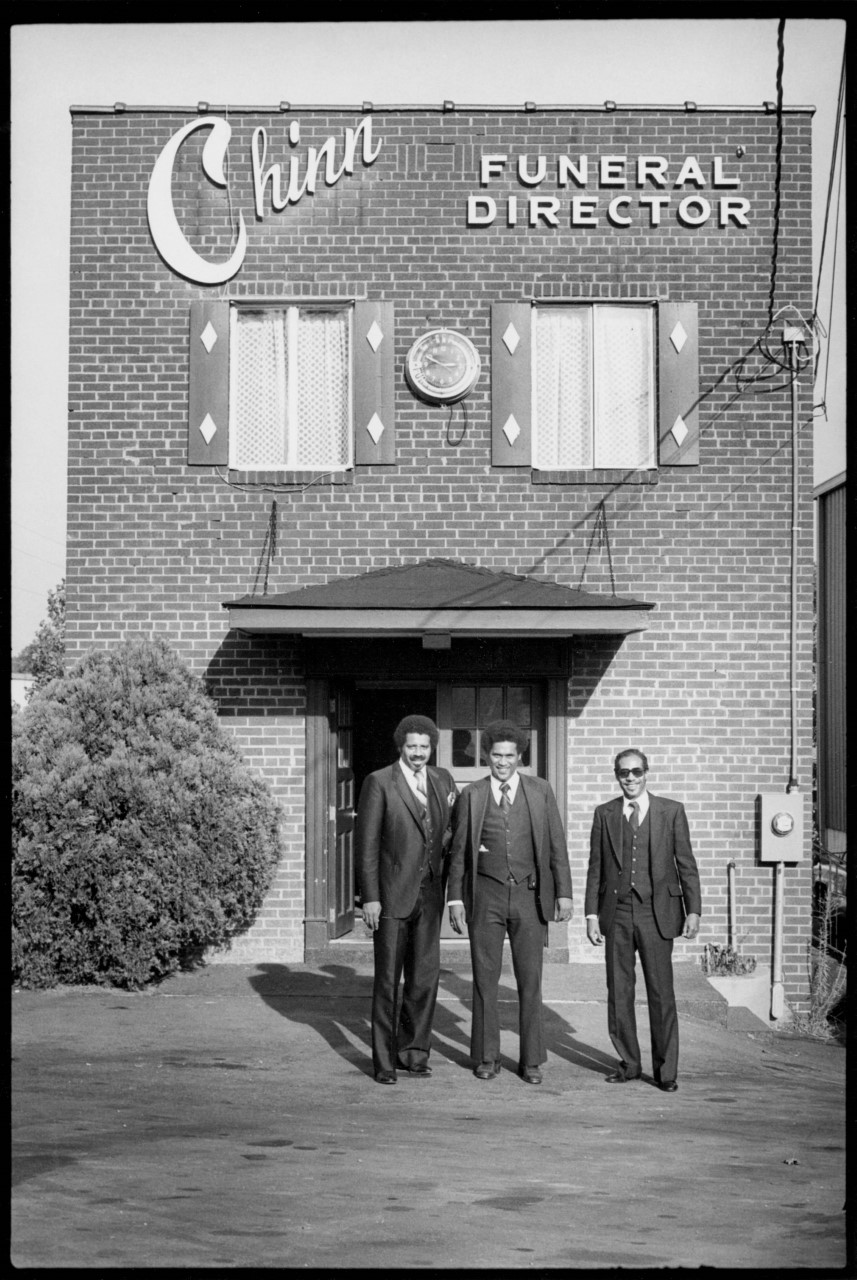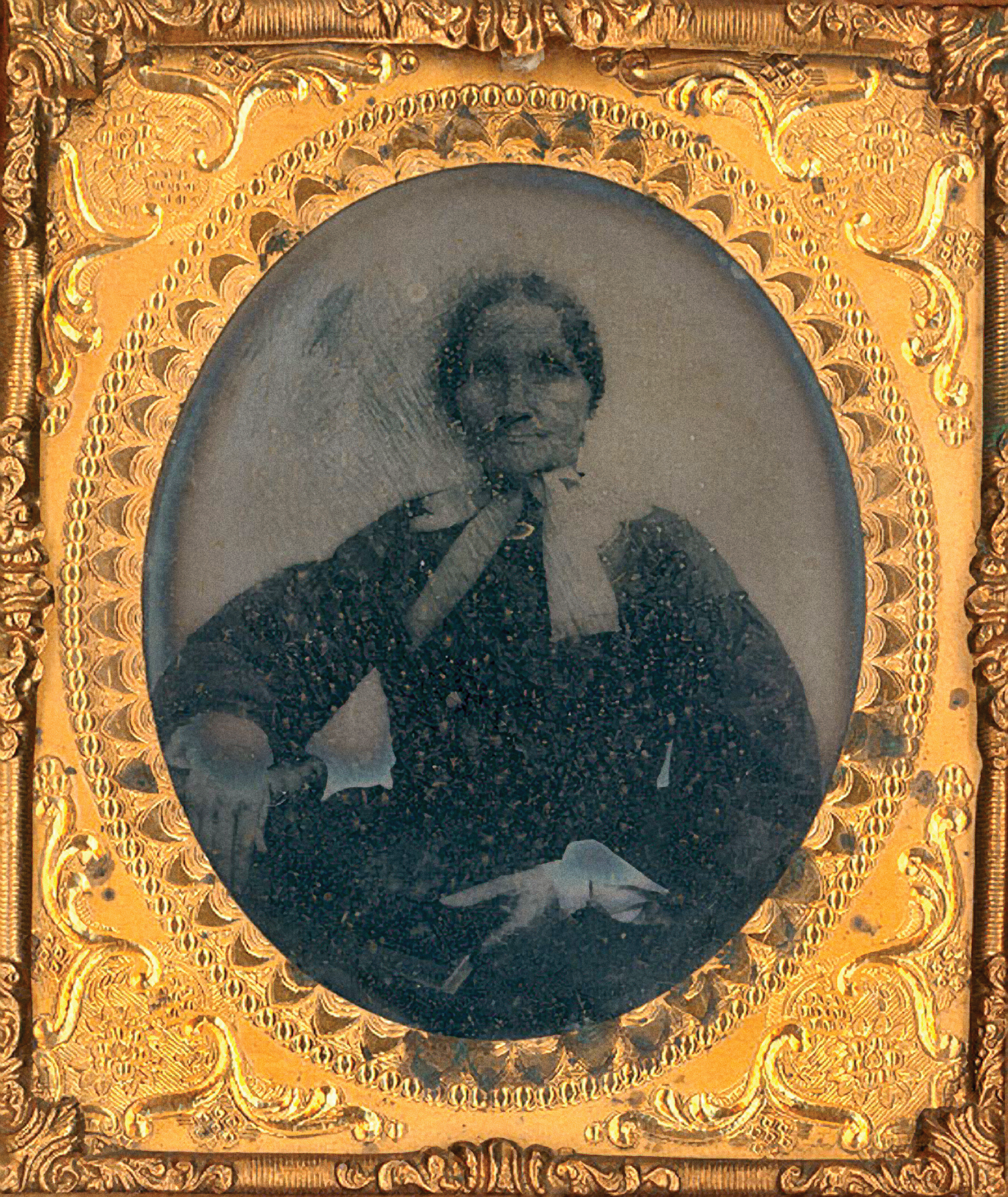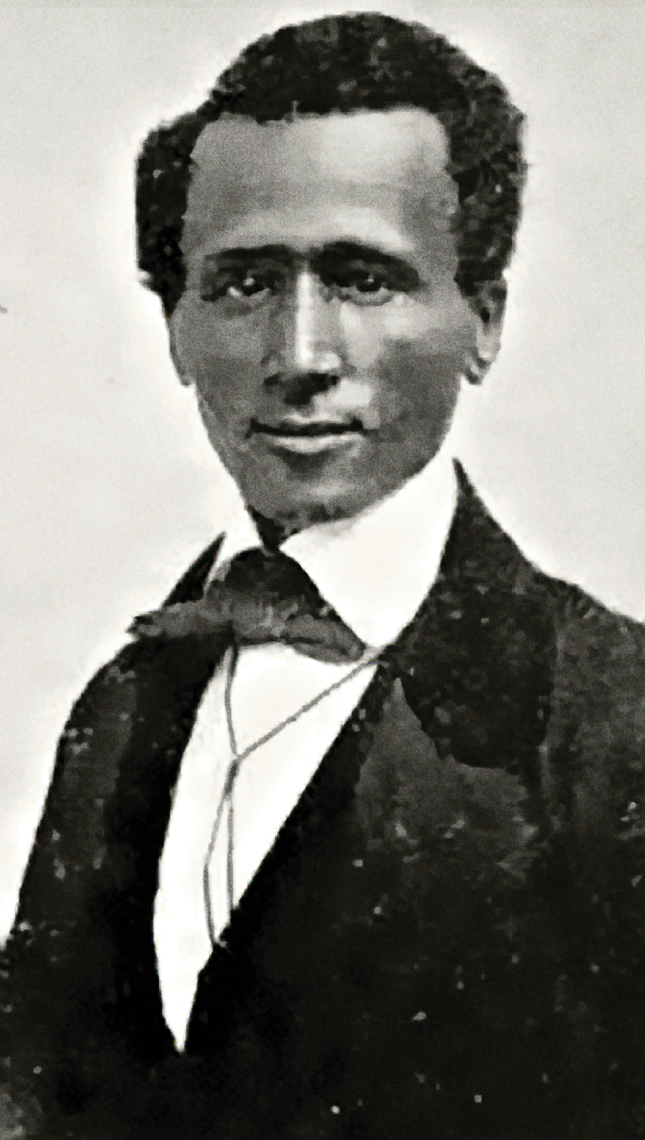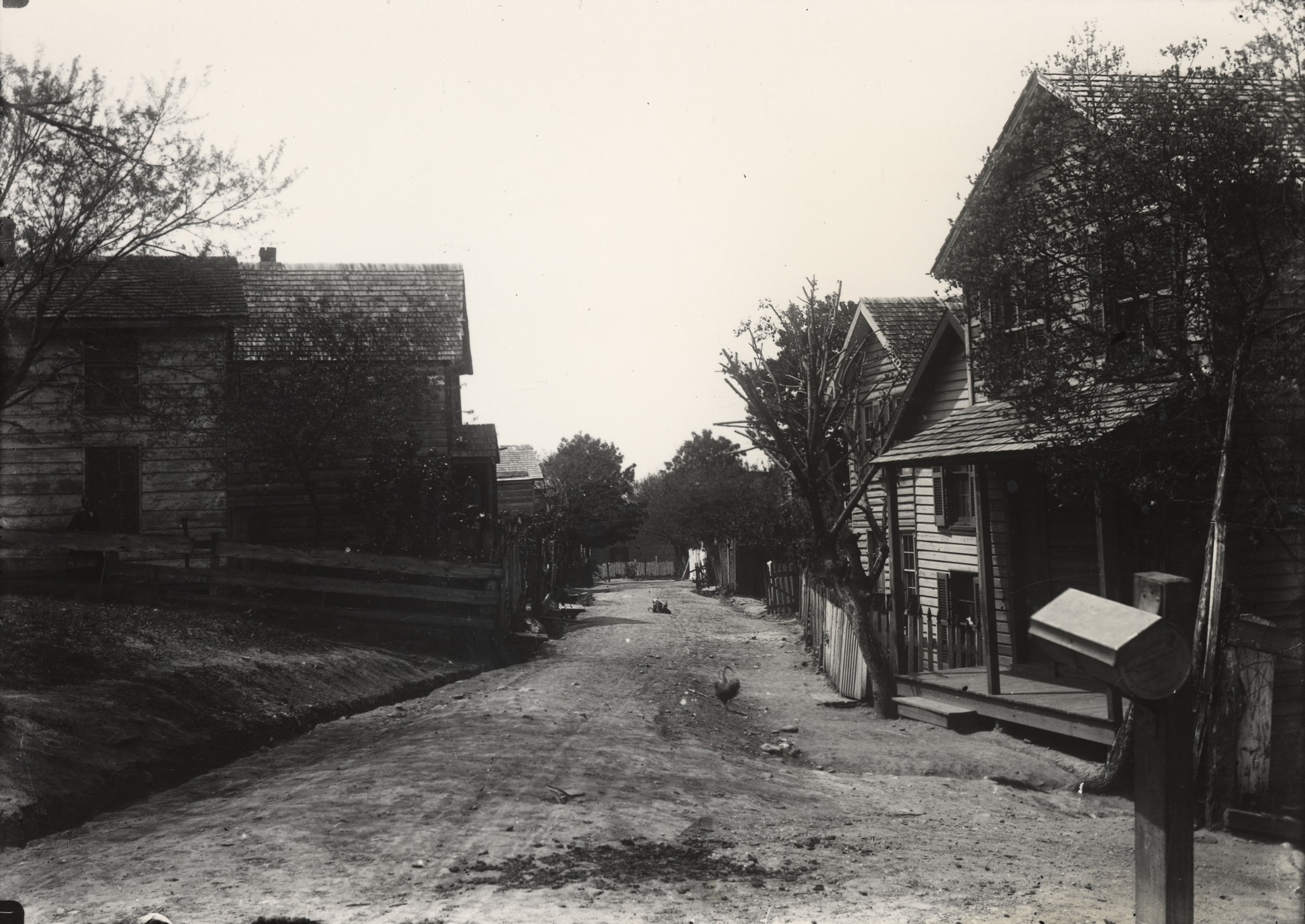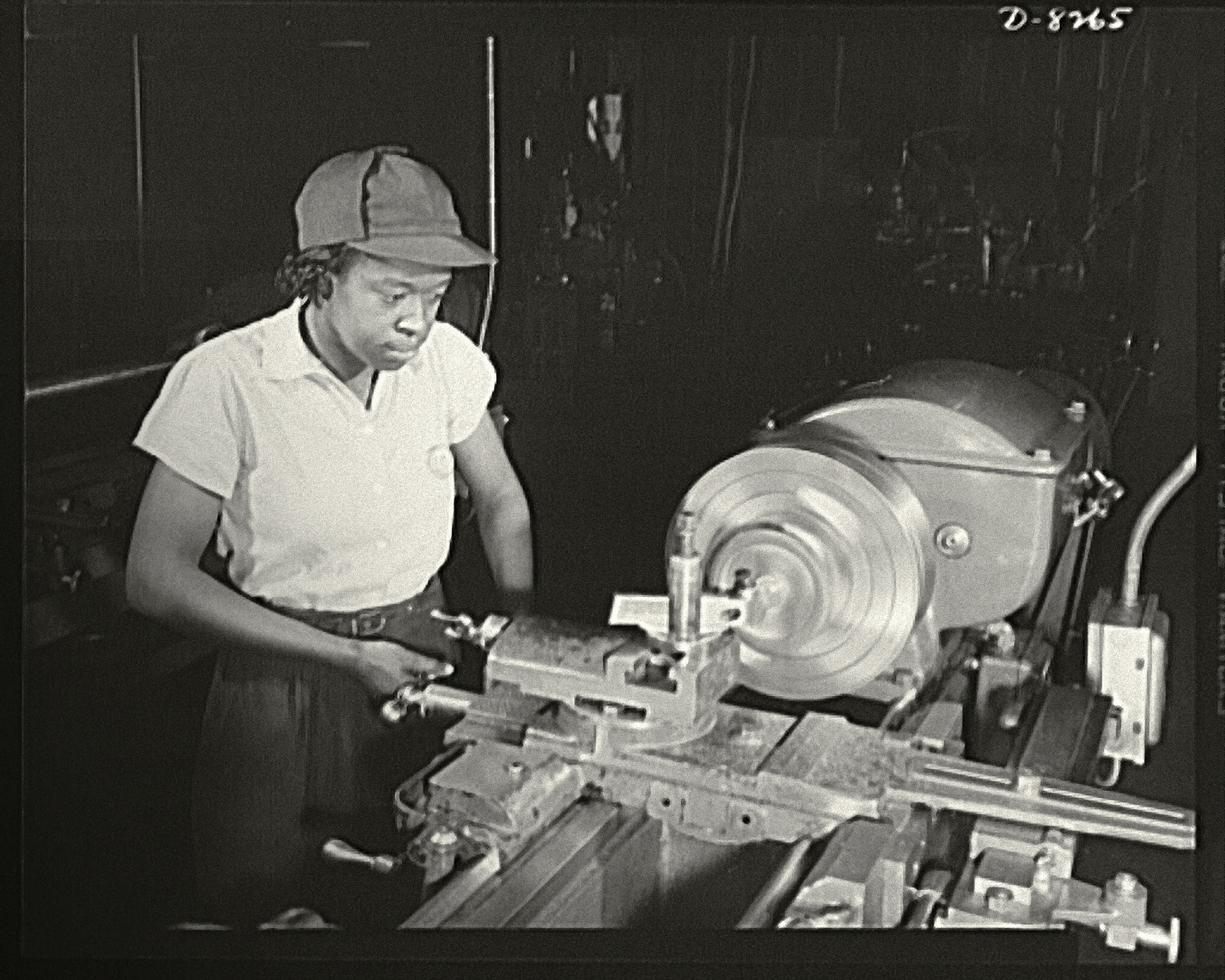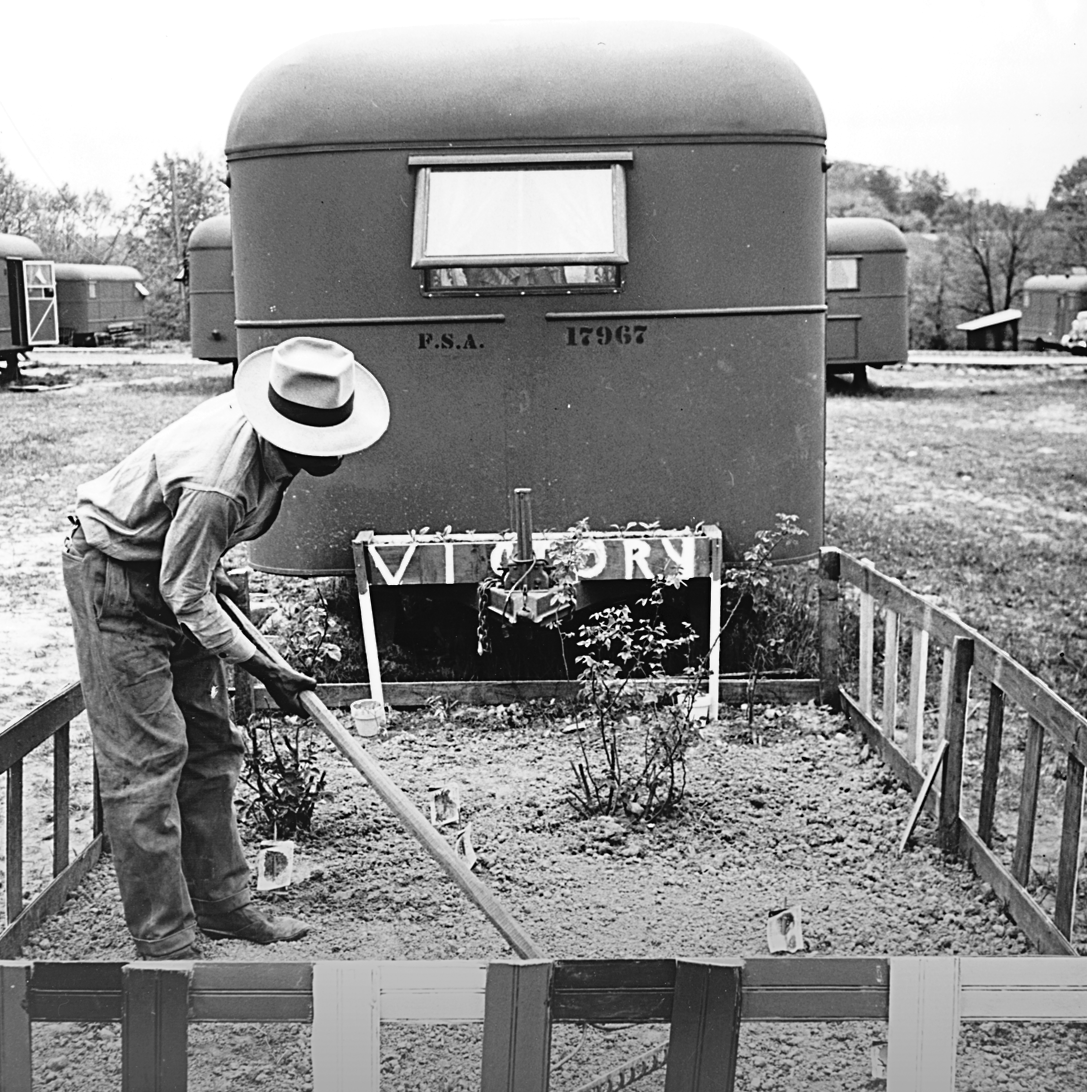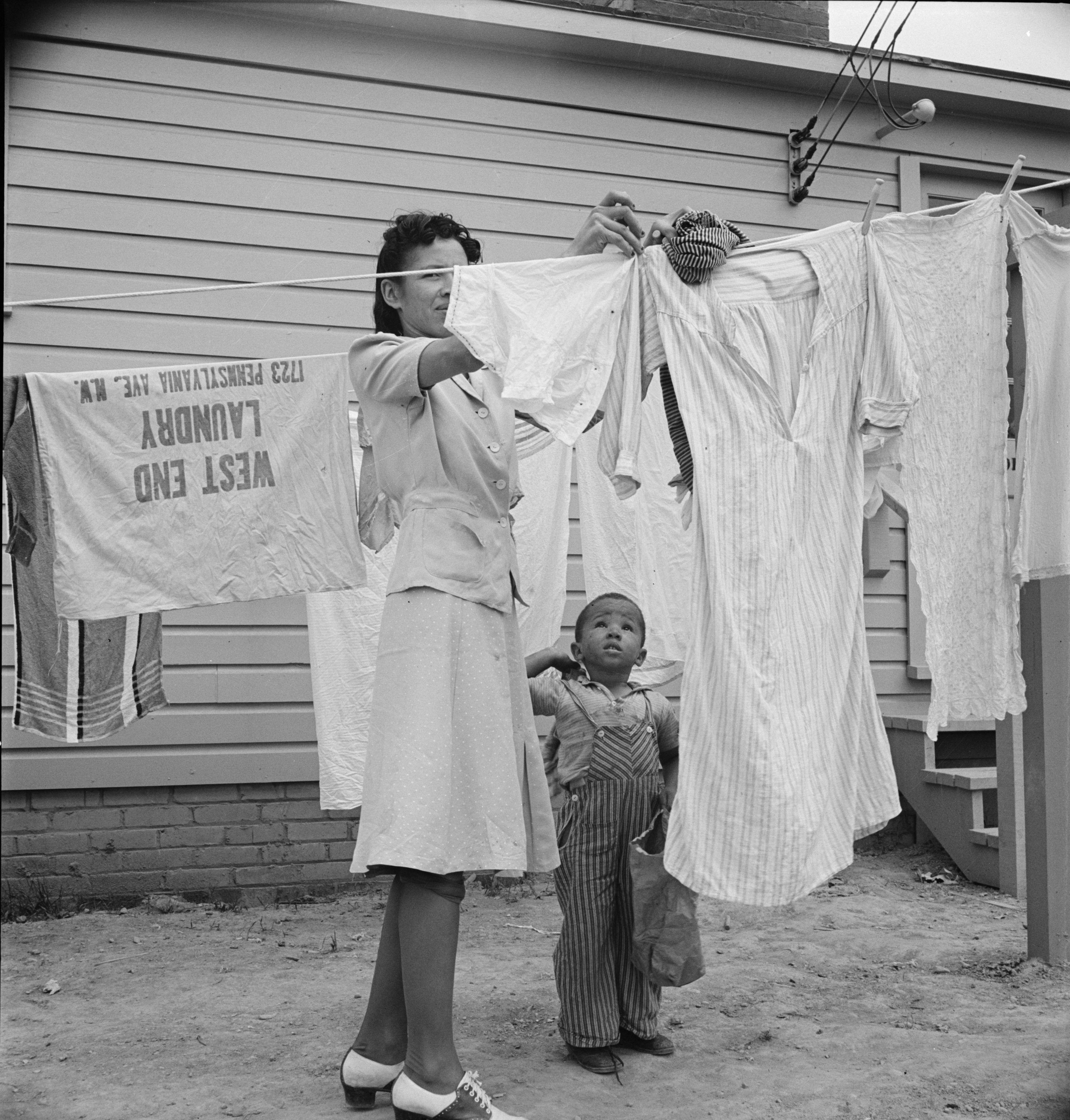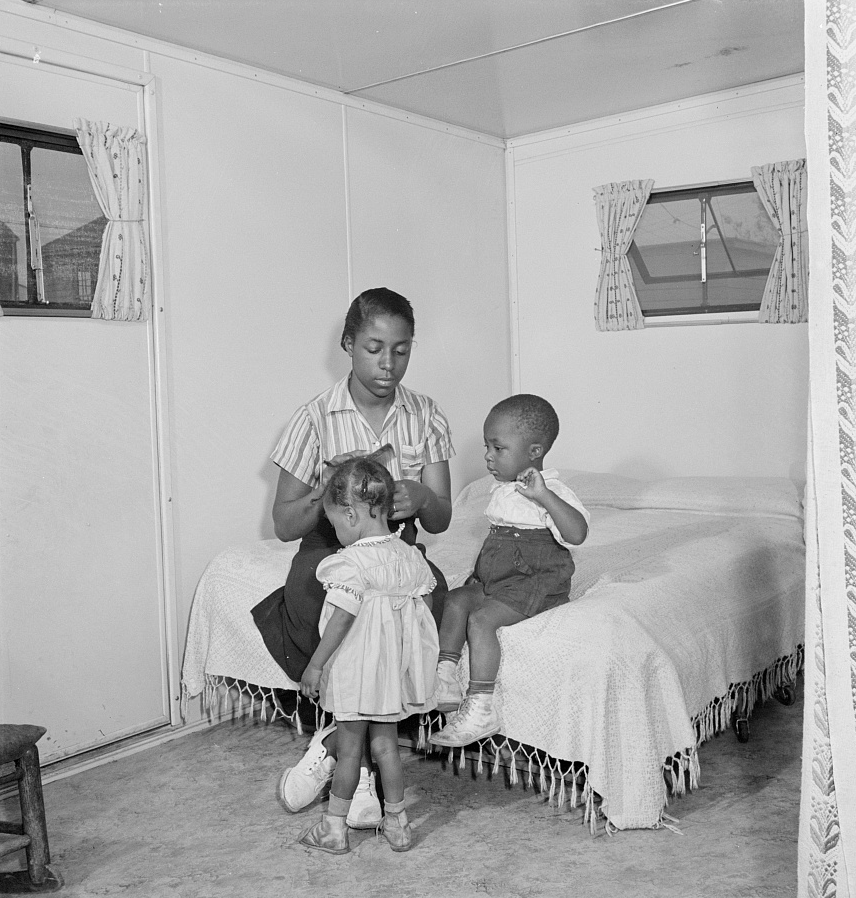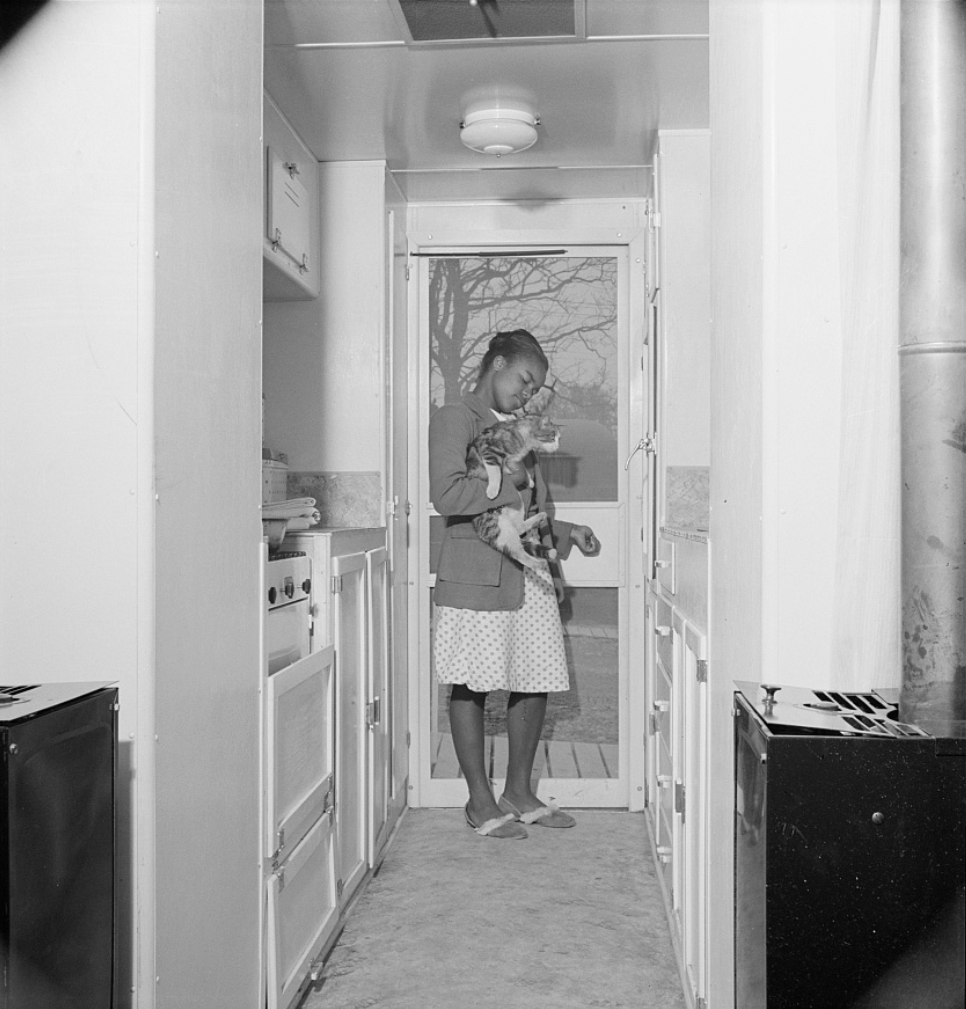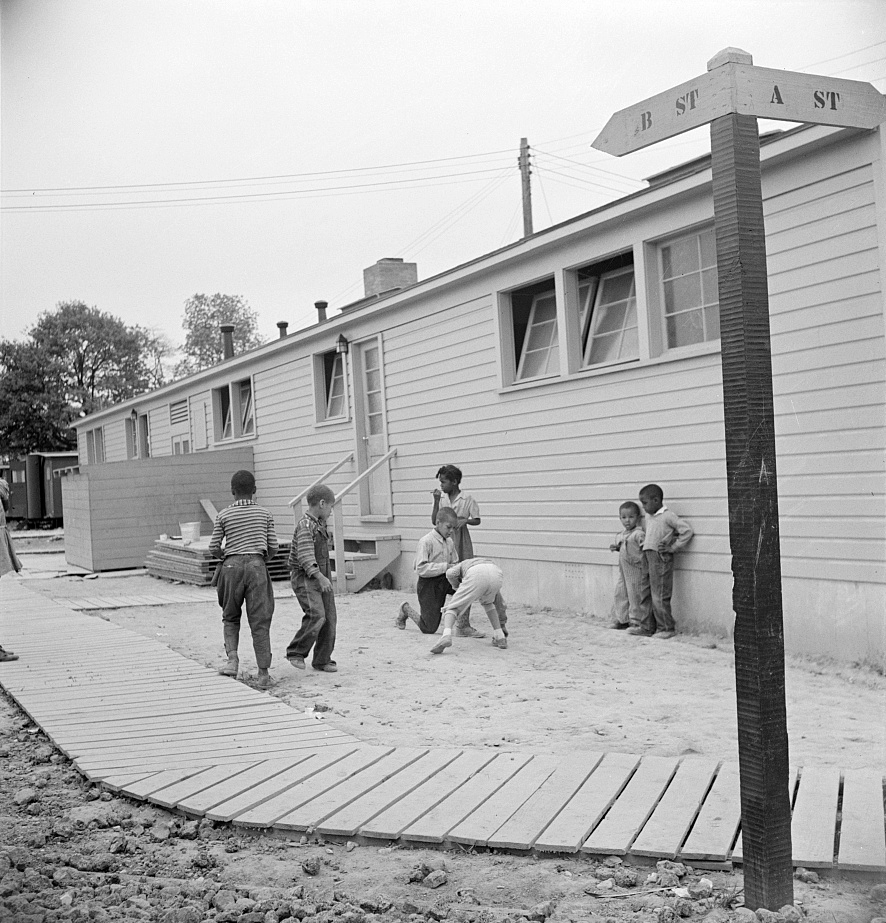Resilience built schools, churches, and neighborhoods. Despite the lack of help from local governments, leaving communities without basic utilities such as electricity or plumbing, these communities persevered and found a way to support each other. Neighbors put lights in their windows to light the streets, started businesses when white businesses would not serve their own community, and stood in the face of injustice when they were being unfairly treated.
For hundreds of years, Black resilience has confronted a system that did little to help and often worked against them. Resilience can be seen in the stories of Anna Bell Davis, Mary Chase, Jane Crouch, and Harriet Jacobs, who led the effort to expand access to education following the Civil War, before which the education of Black people was illegal. Resilience can also be found in the determination of Black contractors to build homes for Black families that white builders turned away, such as Henry Holmes and William Butler, who built the Butler-Holmes subdivision in the Penrose section of Arlington in 1882. A common theme in Black history, one doesn’t need to look far to find resilient Black leaders who have shaped, and are shaping, America.
Fast Forward
The legacy of white supremacy still exists in many social structures today. Although the civil rights movement brought great progress in advancing social justice, discriminatory practices continue to limit access to housing, transportation, education, jobs, and fair wages for people of color. Although recent generations saw progress in broadening the civic engagement of the Black community and participation in elected office, from the city council to the White House, efforts are now underway to roll back some of those advances, including as efforts to obstruct the right to vote. Black people should not have to rely on resilience and their own actions to challenge modern forms of white supremacy. National, state, and local governments–including those in Northern Virginia–should support minorities by actively dismantling the historic policies established by past decision-makers and by safeguarding the rights of people today, of all backgrounds, to access quality affordable housing and education, transportation, employment opportunities, voting rights, and clean and safe communities.
Stories
Dig deeper into the topics by exploring the stories of the past that have shaped the present.
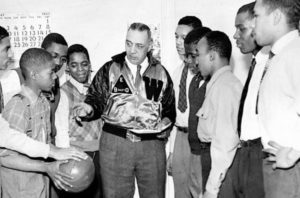
E.B. Henderson
Edwin Bancroft (E.B.) Henderson spent most of his childhood living in an integrated neighborhood in Washington D.C. But during the summer, he stayed with his

The Syphax Family
When he was young, Stephen Hammond did not believe he was related to the family of George and Martha Washington. But when Hammond traced his
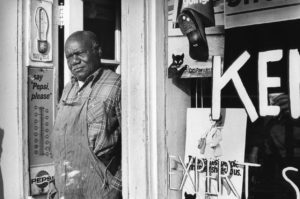
Black-Owned Businesses: Serving Their Neighbors, Who Were Unwelcomed Elsewhere
When Leonard Muse (1923-2017) was young, a neighbor asked him to go to the pharmacy to fill a prescription. When he arrived, he was tired
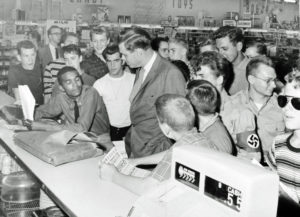
Dion Diamond: Doing What is Right
Dion Diamond was always a prankster. He used this fearlessness and humor to, as he put it, “crash segregated society.” A 1960 photo shows him
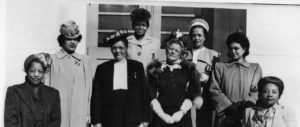
The Quest for Education
On cold winter days, Minnie Hughes, a school teacher at the Fairfax Colored School, would heatup a kettle and pour the water onto the hands
